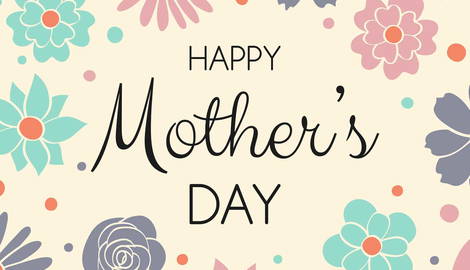
Across much of the United States, the second Sunday in the month of May is reserved for mothers, a celebration known as Mother’s Day. The day is dedicated to mothers of all kinds, and to the act of being maternal, or nurturing, to another human being, which people celebrate in a variety of ways, from gift giving to family events. Other parts of the world, meanwhile, celebrate mothers on differing calendar dates. But when did the Mother’s Day tradition begin, and how did it become such an entrenched annual event? We delve into the history of Mother’s Day in the US to find out more.
The Pioneering Work of Ann Jarvis

In the late 19th century, a social activist from Virginia named Ann Jarvis (also known as Mother Jarvis) played a key role in establishing the roots of the Mother’s Day traditions in the US. As a mother of at least 11 children, who had faced her own series of devastating struggles and hardships, Jarvis went on to establish a series of Mother’s Day Work Clubs across various local towns. These were a bid to improve the living conditions for families facing poverty and infant mortality, particularly during the typhoid outbreak, through charitable donations, health education and childcare assistance.
In her later years, Jarvis set plans in place for “Mother’s Friendship Day”, an annual event which, as well as consolidating her work towards supporting mothers, was intended as a means of bringing together families who had been separated during the American Civil War. However, Jarvis died in 1905, before she was able to bring her plan to fruition.
Julia Ward Howe Held Similar Celebrations

American poet and social reformer Julia Ward Howe campaigned for a ‘Mother’s Day for Peace’ in 1870, as a means of ending all war. She wrote a ‘Mother’s Day Proclamation’ in which she called for mothers to gather together and prevent the brutalities of war, which had caused suffering to so many mothers across the US. She hosted a series of events in Boston and various other locations, but they never took off on a national scale.
Anna Jarvis Founded Mother’s Day

Ann’s daughter Anna Jarvis carried on her mother’s work, and it was she who would become recognized as the official founder of Mother’s Day as we now know it in the US. Two years after the death of her mother, Anna hosted a small memorial service on May 12th, 1907 at Andrews Methodist Church in Grafton, West Virginia (where Ann Jarvis had taught lessons to young children), in remembrance of her own mother, and all mothers around the world. In 1908, Anna Jarvis hosted a larger landmark event in the same venue, which became widely recognized as the first Mother’s Day in the US. Meanwhile the church host is now known as the International Mother’s Day Shrine, and a National Historic Landmark. The following year, the celebration was picked up on again across various parts of the US.
A National Holiday Is Born

Building on this success, Anna Jarvis worked tirelessly through a series of campaigns, arguing for Mother’s Day to become a US national holiday. In 1910, the state of West Virginia was the first to declare the date as an official holiday, and in the years that followed, the American states gradually joined ranks. In 1914, US Congress passed a law for the second Sunday in May to become Mother’s Day, while President Woodrow Wilson urged Americans to raise the flag, and officially declared the date a legal holiday to celebrate, “the best mother in the world, your mother.”
Commercialization

By the 1920s, Mother’s Day had taken hold as a national day of celebration, with a series of related commercialized trappings including greetings cards and gifts. However, Anna Jarvis was displeased at the ways companies had seized the commemorative event as an opportunity to make money. In fact, she was so dismayed, she even began an unsuccessful campaign to have Mother’s Day removed from the national calendar!
Mother’s Day Today

While it is true that Mother’s Day is undoubtedly shaped by commercialism today, true to the wishes of its founders, it still remains a day of celebration in honor of mothers, carers, and mentors across the US, and the pivotal role they have played in providing foundational support for the next generation.










